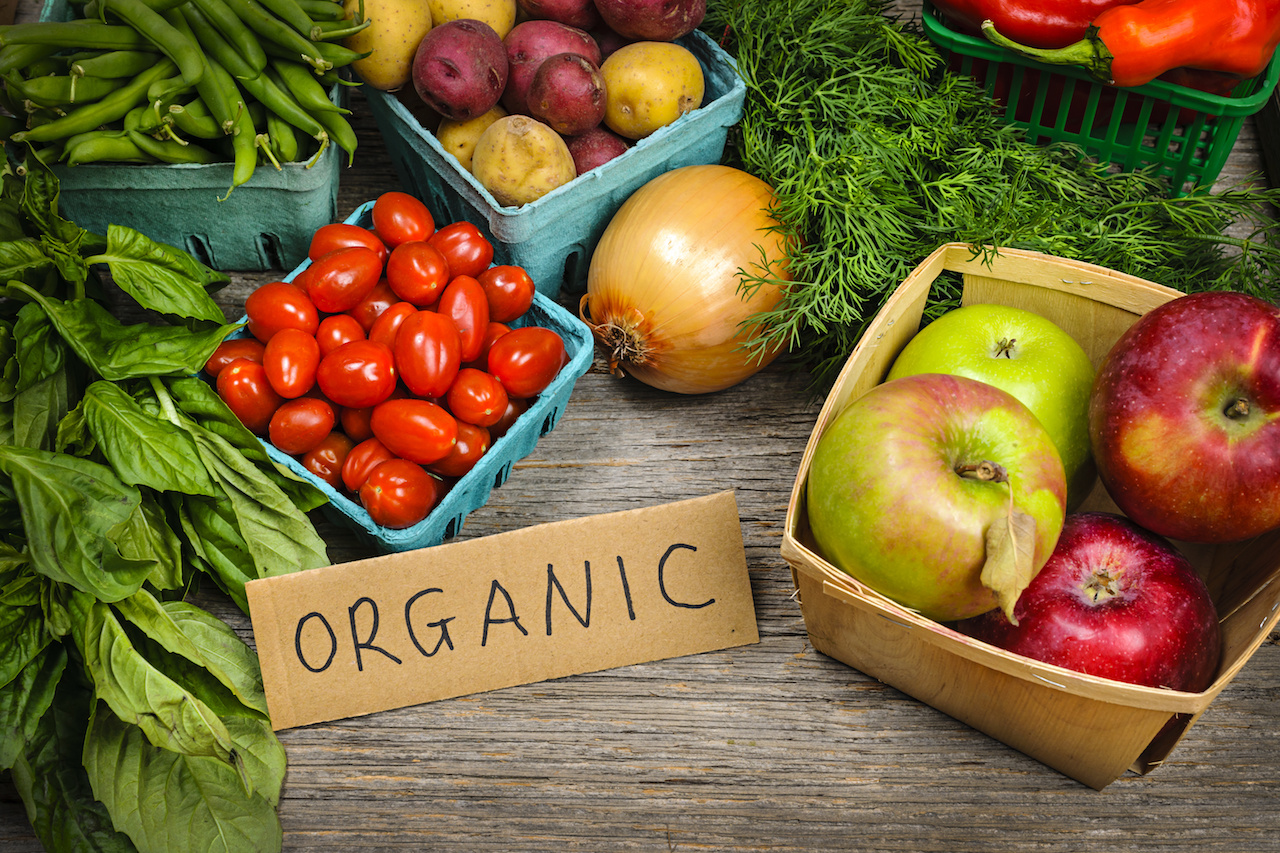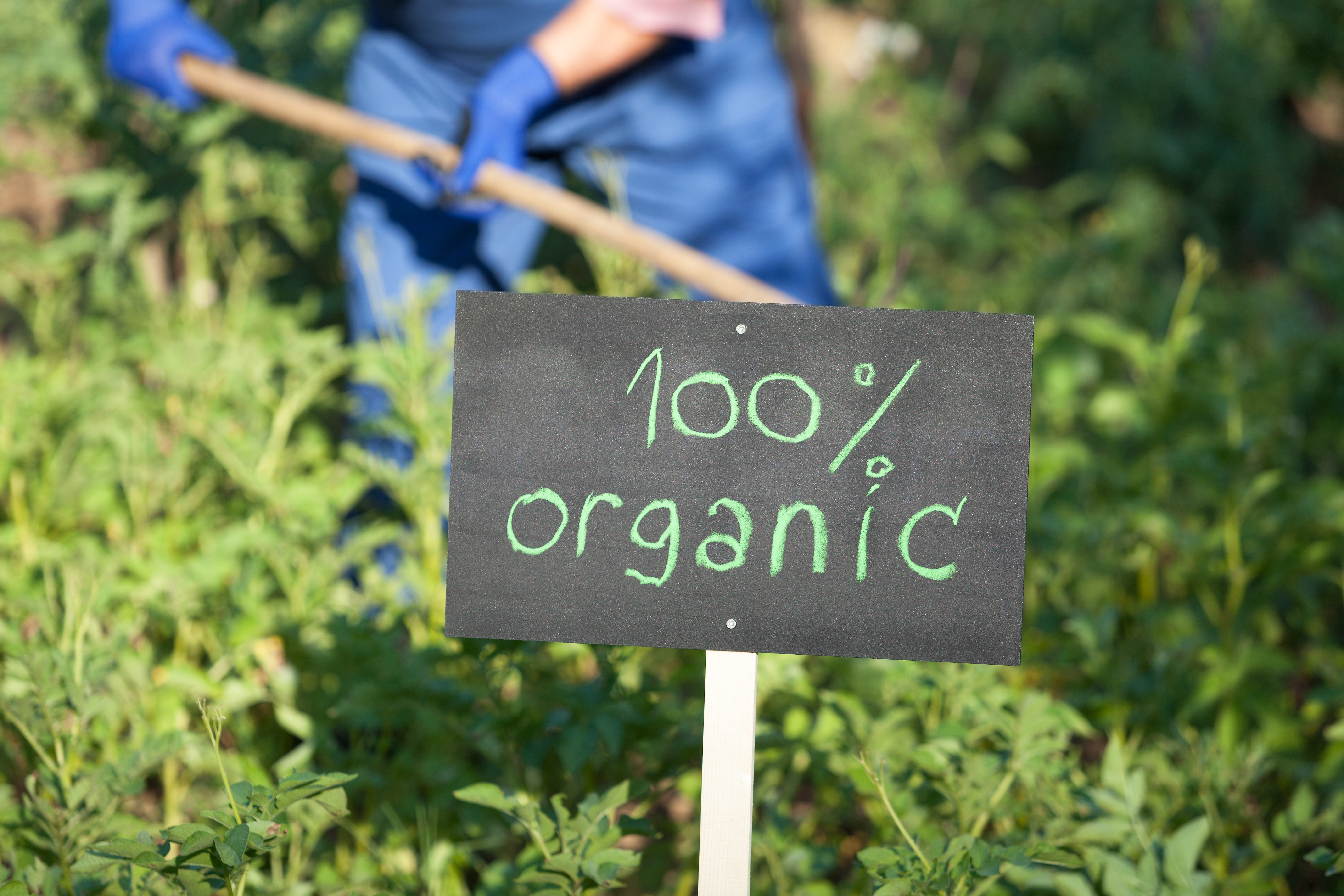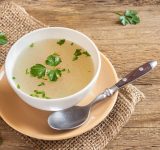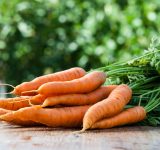Most people understand that there is a difference between organic and conventionally sourced foods. Conventional farming methods include synthetic fertilizers, whereas organic farming uses natural fertilizers such as cow manure or compost. Organic farming is often concerned with sustainability, biodiversity and natural growing processes and is better for the environment. Farms convey the level of organic certification to the consumer by using different labels.
When it comes to organic food labeling, there is diversity and variance in how ingredients and products are sourced/farmed so the labeling has to reflect how much of the product is sourced organically. Look for the USDA organic seal on raw, fresh products and on processed products that contain organic agricultural ingredients. You may also see a sign, indicating ‘organic’ hanging over a produce display. The organic seal may be printed in green and brown, in black and white, or outlined in black on a transparent background.
Organic Certification Labels
To help you interpret labels and understand what % of a product is sourced organically, see labeling outline below:
- “100% Organic” – 100% of ingredients are sourced organically (and use of seal is optional).
- “Organic” – 95% or more of product is sourced organically (and use of seal is optional).
- “Made with Organic Ingredients” – at least 70% of product is sourced organically.
- “Less than 70% Organic Ingredients” – items sourced organically will be designated in ingredient list.

Originally posted 2018-06-14 10:55:57.







